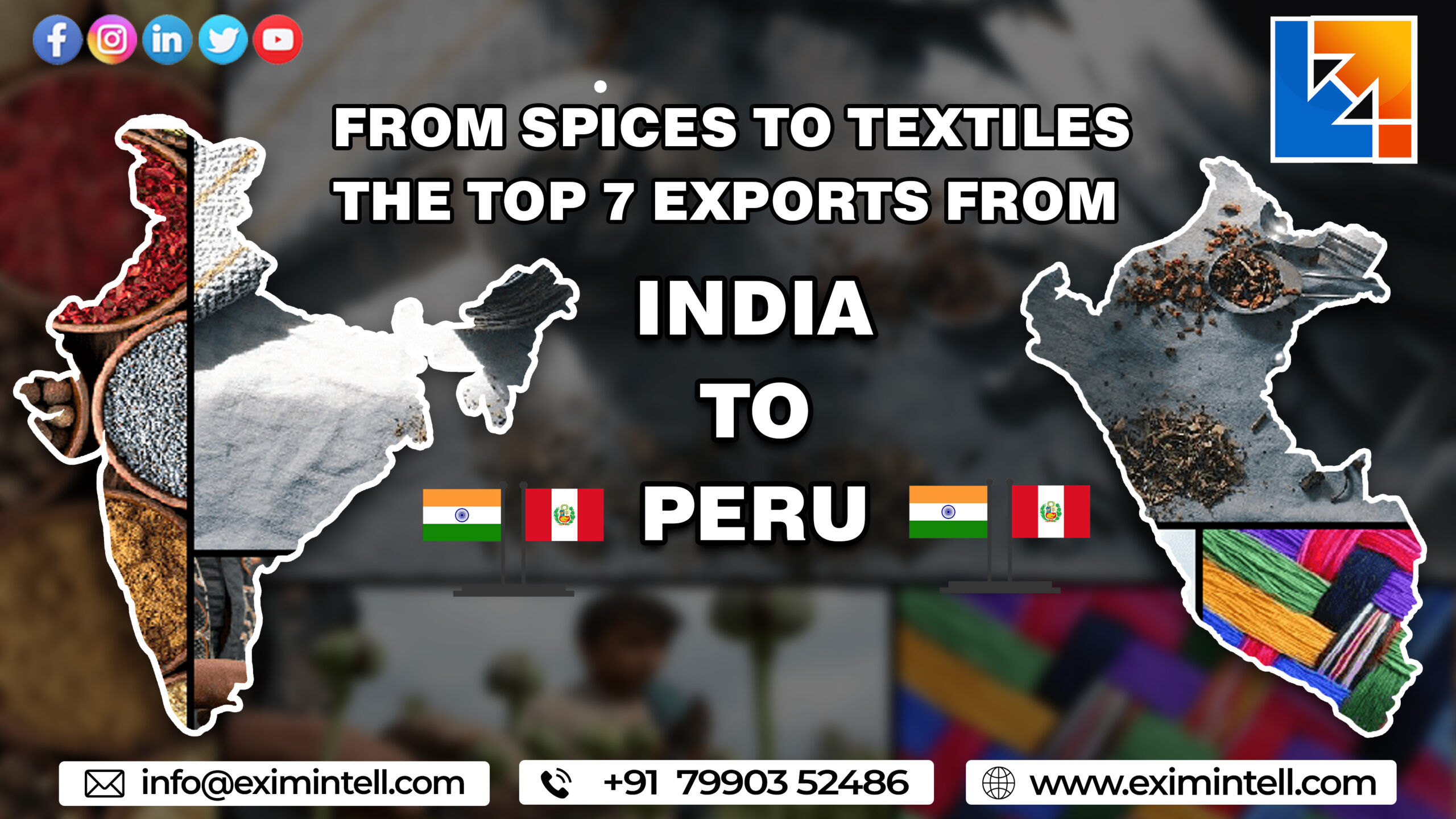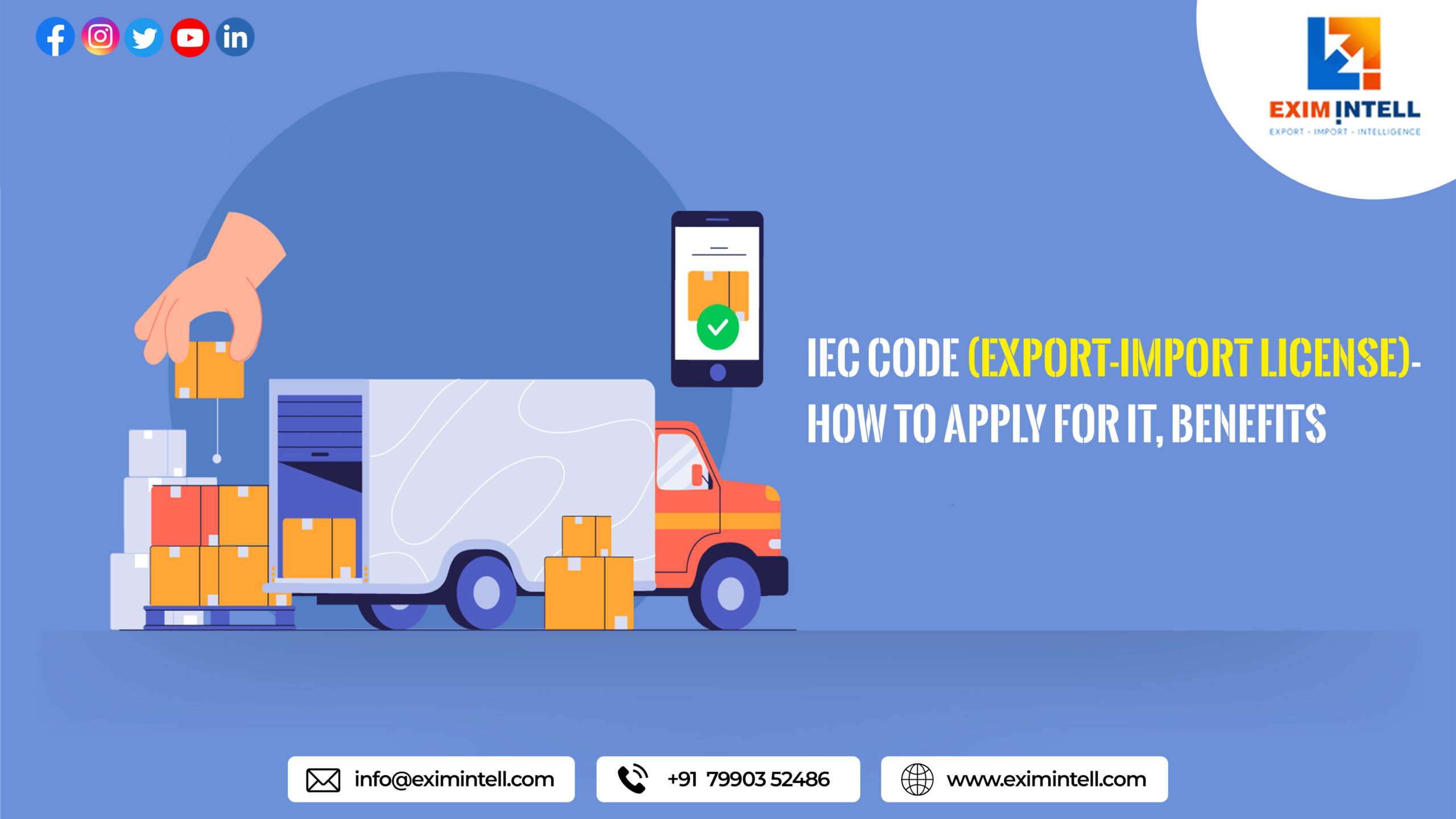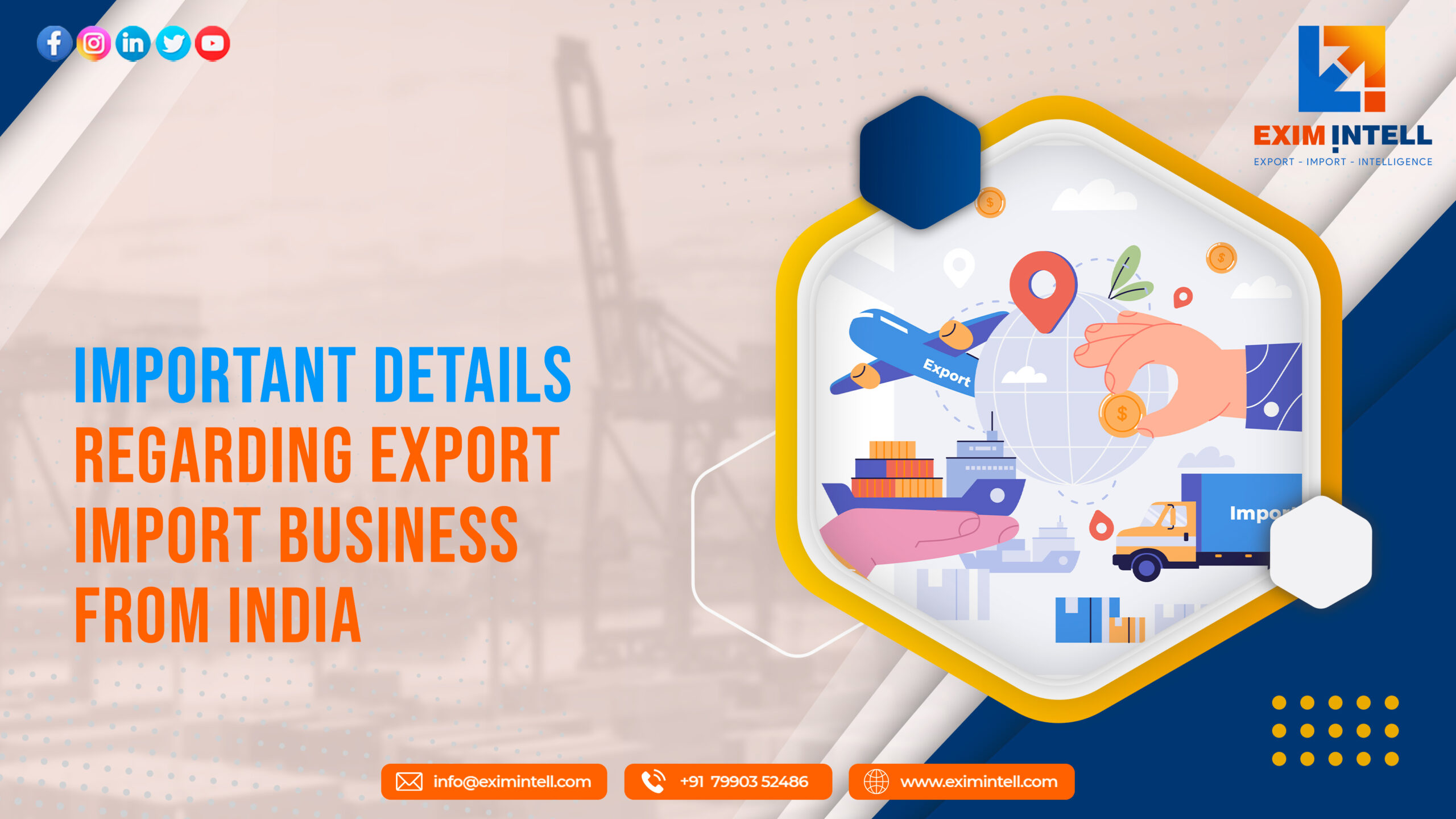Are you a fashion enthusiast constantly on the lookout for unique and trendy clothing? Look no further! India, known for its rich textile heritage and skilled craftsmanship, is a hidden gem when it comes to sourcing stylish garments. If you’ve ever wondered how to tap into this fashion trove and export clothes from India, we have the perfect guide for you.
Join us as we unveil an exclusive step-by-step journey through the process of exporting clothes from India in 2023. From navigating intricate regulations to discovering lucrative markets abroad, this comprehensive guide is your ticket to success in the world of international fashion trade. So grab your passport and get ready to embark on an exciting adventure with us – let’s bring Indian fashion to global runways!
Introduction to Exporting Clothes From India in 2023
Assuming you are planning to start a clothing Export business from India in 2023, here is a step-by-step guide that will take you through the process:
1. The first thing you need to do is get your garments manufactured. For this, you will need to find reliable and experienced garment manufacturers in India who can produce high-quality clothes according to your specifications. You can either search online or ask for recommendations from your friends or other businesses in the same industry.
Once you have found a few manufacturers, get in touch with them and discuss your requirements in detail. Ask for quotes from different manufacturers and compare their prices before choosing one.
2. The next step is to find buyers for your garments. You can again either search online or attend trade fairs and exhibitions where buyers from all over the world come to source products from Indian suppliers. Once you have found some buyers, get in touch with them and give them information about the garments you are manufacturing. Send them samples of your products and negotiate prices. Once you have finalized deals with buyers, you can proceed to the next step.
3. The third step is to apply for an export license from the Ministry of Commerce in India. This is necessary if you want to legally export garments from India. The process of applying for an export license is relatively simple and can be done online on the Ministry’s website.
4. The fourth step is to make shipping arrangements with international freight forwarders. You can find these companies online or ask for recommendations from your friends in the industry. Once you have finalized a deal with a freight forwarder, they will take care of all the paperwork and shipment arrangements, making it easier for you to export your garments.
5. The last step is to keep track of your shipments and make sure everything goes according to plan. You should keep records of your orders, shipments, and payments, to ensure that everything goes smoothly and according to plan.
Following this guide will help you start an export business from India in 2023. Good luck!
Required Documents for Exporting Clothes from India
To export clothes from India, you will need the following documents:
1. A valid passport
2. A visa for the country you are exporting to (if required)
3. A shipping manifest
4. A bill of lading
5. An invoice detailing the clothing being exported
6. A packing list
7. A Certificate of Origin (CoO)
8. An Export License (if required)
Assuming you have your product and packaging ready, here is a step-by-step guide on how to export clothes from India:
1. Register with the Export Development Authority of India (EDAI)
2. Obtain an Importer-Exporter Code (IEC)
3. Find a trustworthy shipping agent
4. Prepare the required documentation
5. Apply for any necessary licenses or permits
6. Get your shipment insured
7. Book your cargo space on a vessel
8. Ship your goods and track them until they reach their destination
9. Collect payment for your shipment
Different Modes of Transportation for Exporting Clothes from India
There are multiple ways of exporting clothes from India. The most common and popular mode is by roadways. Exporting by roadways is the preferred mode as it is relatively cheaper and faster as compared to other modes. It usually takes about 2-3 days for the clothes to reach the destination.
Another popular mode of exporting clothes from India is by waterways. Waterways are a cheaper option but it takes a longer time for the clothes to reach the destination, usually about 4-5 days.
One can also export clothes by airways, but this is a more expensive option. It is usually used when time is of the essence and the clothes need to reach the destination quickly, within 1-2 days.
Challenges in Exporting Clothes from India and How to Overcome Them?
1. Challenges in Exporting Clothes from India and How to Overcome Them?
When it comes to exporting clothes from India, there are a few challenges that you may face. These can include:
• Language barriers – When dealing with international clients, language can be a big barrier. Make sure you have someone on your team who can speak the language of your clientele or else outsource to a company that specializes in international communication.
• Different sizes – Indian clothing is often made for smaller frame sizes than what is common in other countries. This can make it difficult to find garments that fit well when exporting to larger markets. To overcome this, consider having a tailor on hand to make adjustments or create custom garments.
• Shipping costs – Depending on where you are shipping your clothes, the costs can add up quickly. To offset this, look for ways to consolidate your shipments or work with a shipping company that offers discounts for bulk orders.
Important Tips on Shipping and Logistics Management
When it comes to shipping and logistics management, there are a few important things you need to keep in mind. Here are some tips to get you started:
1. Make sure you choose the right shipping method. There are a few different options available, so be sure to research each one thoroughly before making a decision.
2. Choose a reputable and experienced logistics company. This is perhaps the most important decision you will make, so be sure to do your homework before selecting a provider.
3. Make sure your products are properly packaged. This will ensure that they arrive safely at their destination.
4. Pay close attention to detail when it comes to paperwork and documentation. This is critical in ensuring that your products clear customs without any issues.
5. Stay organized throughout the entire process. This will help avoid any delays or problems along the way.
Conclusion
Exporting clothes from India in 2023 is relatively straightforward and offers a great opportunity for entrepreneurs and business owners. With the right preparations, taking advantage of unrestricted market access makes it possible to reach new markets with relative ease.
This guide has outlined some simple steps that will pave your way towards success when it comes to exporting clothes from India in 2023. Utilizing this information, you can create an export strategy that suits your unique business needs and make an informed decision about how best to move forward.














